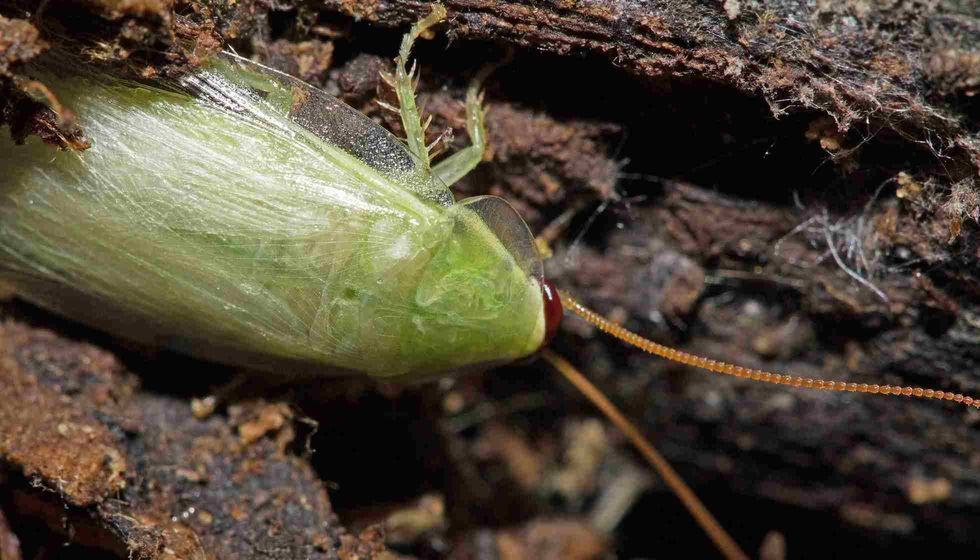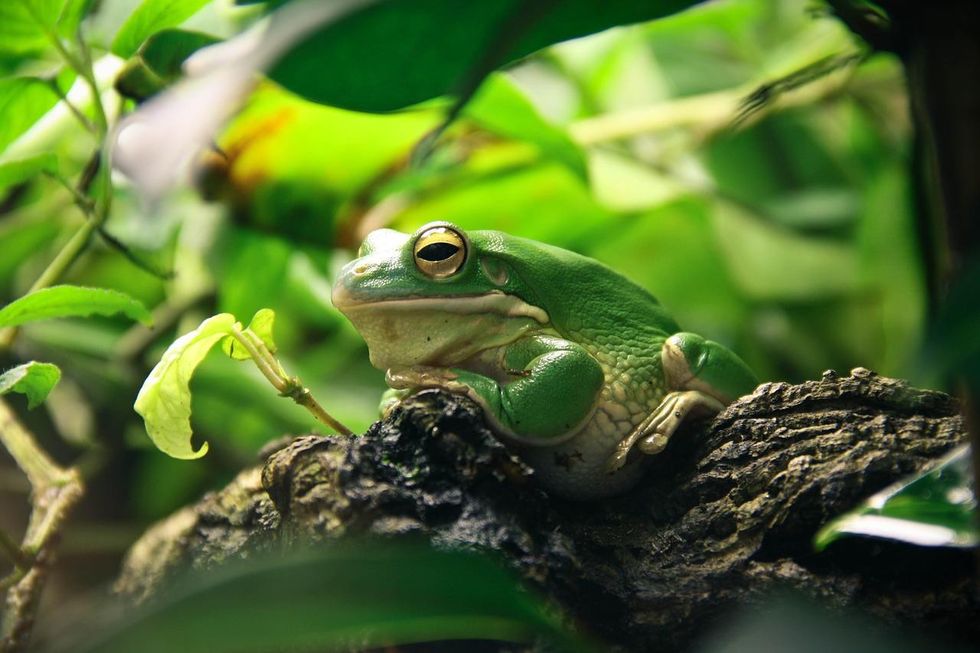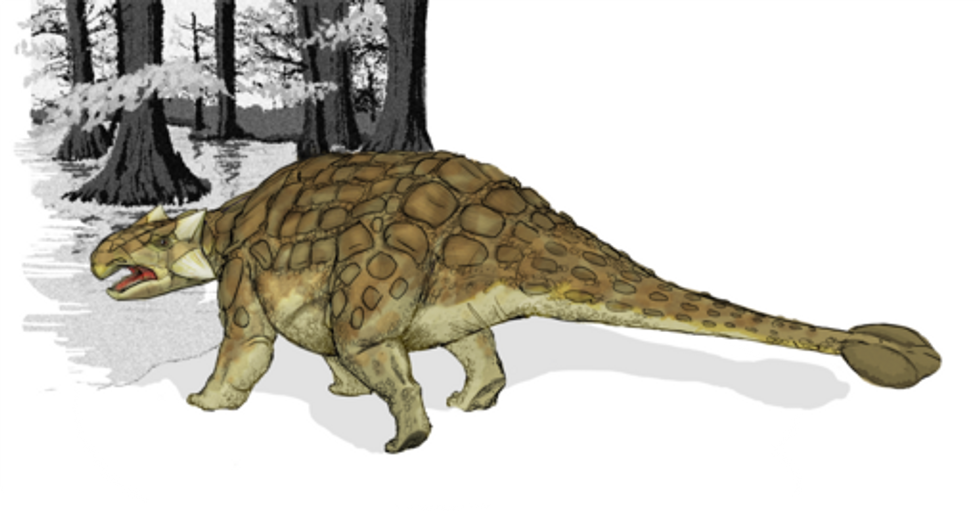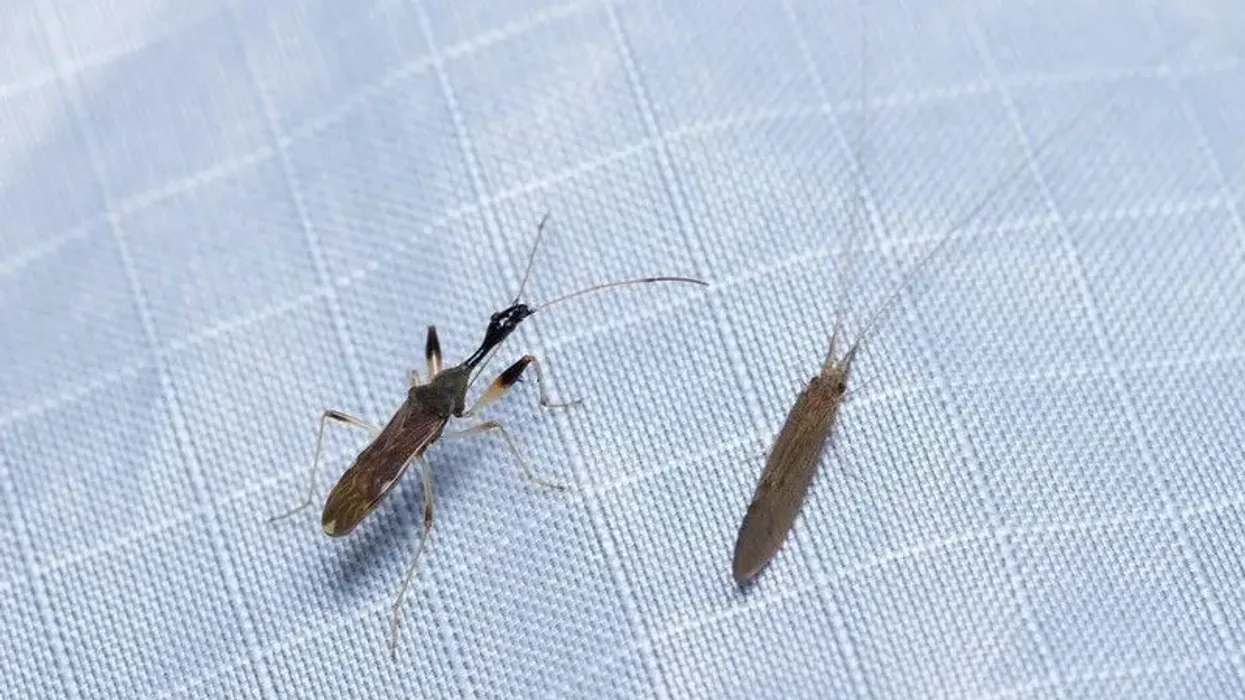If you’ve ever been to Cuba, then you may have heard of the Cuban cockroach.
These pests are usually large and black with grayish spots on their body and there are so many interesting facts to discover about them! For one thing, these creatures can live up to an entire week without food or water if they need to.
Cuban cockroaches are not only great at surviving during tough times like droughts, but they are also able to withstand high temperatures by converting lactic acid into glucose in their bodies.
Cuban cockroaches are, however, known to spread disease by infestation and they can also cause property damage. These little pests prefer to stay out of sight in dark places like piles of leaves near trees or under furniture.
They might be small, but they're quick so don't underestimate them!
In the wild, they live near swamps or in other wet environments where there are plenty of food sources such as decaying vegetation to eat. They also have a hard exoskeleton, which makes it difficult for them to crawl into small places like cracks or crevices where food may be found.
Although they're known carriers of diseases such as salmonella and E-coli, their droppings make excellent fertilizer due to the high nitrogen content in their feces!
For more relatable content, check out these oriental cockroach facts and giant water bug facts for kids.
Cuban Cockroach Interesting Facts
What type of animal is a Cuban cockroach?
The Cuban cockroach is a type of insect that can be found in Cuba among other places such as Florida. These insects are about the size of an apple seed.
What class of animal does a Cuban cockroach belong to?
This Cuban pale green cockroach pest is a type of insect that belongs to the class Insecta, just like a wheel bug. This species was first discovered in Cuba and it's now found worldwide due to its ability to travel long distances.
How many Cuban cockroaches are there in the world?
Nobody knows for sure. There's a lot of them though, according to one scientist who studied these critters and found that they may be over 100 million in numbers!
Where does a Cuban cockroach live?
They are a type of pest roach that enjoys a tropical climate and warm weather. They are found in warm regions, unlike other types of cockroaches who prefer cooler temperatures.
What is a Cuban cockroach's habitat?
This brown or black-colored banana cockroach pest is a species of roach that was once endemic to Cuba. It prefers living in damp, dark spaces with access to food and water sources.
Adults can be found on the Gulf Coast or along Florida's coastline at low elevation areas near swamplands. It often gets preyed on by a hummingbird in its habitat!
Who do Cuban cockroaches live with?
These Cuban pest cockroaches live in massive groups. Adults are very social and they will often form breeding mounds to reproduce and start families with each other, rather than living a life of solitude as most other bugs do.
How long does a Cuban cockroach live?
These Cuban pest cockroaches can live for up to three months.
How do they reproduce?
This Cuban cockroach pest is one of the only cockroaches in America that can reproduce without mating with a male. The female's eggs-carrying ova will develop into offspring on their own!
This phenomenon has been studied by scientists for years and they are still not entirely sure how it happens or why adults of this particular species have evolved to be able to do this.
What is their conservation status?
The conservation status of this brown or black-colored Cuban species of cockroach pest is Least Concern.
Cuban Cockroach Fun Facts
What do Cuban cockroaches look like?
Cuban cockroaches typically come in two colors: brown or black. They resemble other types of household pests like flies, ants, and yellow jackets, so it is important for pest control specialists to be able to identify them. These roaches have wings, but they are unable to fly because of their nymph stage and their short bodies.
How cute are they?
Cuban cockroach adults are creepy little bugs that are attracted to light and can be found in Florida and Texas as well as in Cuba. They can be harmful and they have a reputation for being pests.
How do they communicate?
Cuban cockroaches communicate with each other using an intricate system of high-pitched chirps which often sound like clicks or whistles. Adults are attracted to light, so they will often be found gathering around a light source.
How big is a Cuban cockroach?
Cuban cockroaches only measure 0.5-1 in (1.5-2.5 cm) and they are often found hiding out near food or garbage cans because they scavenge for scraps to feed on at night time.
How fast can Cuban cockroaches move?
Cuban cockroaches can move at speeds up to 4-5 ft/s (1.8m/s)!
How much does a Cuban cockroach weigh?
It's no secret that Cuban cockroaches, one of the smallest species in existence at just 0.06-0.07 lb (30-35 g), are not very heavy.
What are their male and female names of the species?
Both females and males are referred to as a Cuban cockroach (Panchlora nivea) or a green banana cockroach!
What would you call a baby Cuban cockroach?
A baby Cuban cockroach pest goes by many names, such as nymph, or baby roach! A nymph is the first stage of a cockroach's growth.
What do they eat?
This Cuban species of cockroach pest has been documented eating decayed matter such as insects, animals, plants, and even other roaches who have either passed away naturally or have been killed by predators like cats or black rats.
Are they harmful?
The Cuban green cockroach is a disease-spreading bug species that originated in Cuba. Cuban cockroaches are very harmful bugs as they can spread diseases such as salmonella, gastroenteritis, and hepatitis A and B.
Would they make a good pet?
Cuban cockroaches cannot be kept as pets. Rather than pets, these insects are pests that can cause an infestation. Insects that make better pets include the praying mantis!
Did you know...
It's important to know which types of cockroaches are the most dangerous and why. American, German, and Oriental roaches can all transmit diseases like salmonella or dysentery if they come into contact with food that is not properly stored in an airtight container.
Roaches have long been seen as a symbol of filth and this doesn't seem to be going away anytime soon. Even though you might think that roaches aren’t harmful because they are incapable of killing humans on their own, the truth is that roach droppings carry disease-causing bacteria.
Unfortunately, an infestation problem with this pest species can result in sicknesses spreading around households at alarming rates.
These dark brown (with a tinge of green) color pests are attracted to light indoors! They will fly towards any lights surrounding them.
These bugs which can be found in Florida enjoy eating plants and decaying leaf matter.
Comparisons with other cockroaches
In comparison to the Cuban cockroach, German roaches are often the most difficult to get rid of. They have a very high survival rate, and they will eat anything from toothpaste to rubber gloves in order to survive and live.
If you have a German cockroach infestation, it's important to remember that they are really hardy bugs that can survive almost anything.
What is so bad about cockroaches?
Generally, roaches and their eggs are very unhygienic. With their multiple, sticky legs they can just keep crawling despite your best efforts to remove them from your home!
These cockroaches that are attracted to light are pests. They will often fly towards the light in your home and cockroaches have been known to spread diseases such as leprosy, typhoid fever, and other bacteria that are harmful.
Here at Kidadl, we have carefully created lots of interesting family-friendly animal facts for everyone to discover! Learn more about some other arthropods from our paper wasp facts and mud dauber wasp facts pages.
You can even occupy yourself at home by coloring in one of our free printable Cuban cockroach coloring pages.









